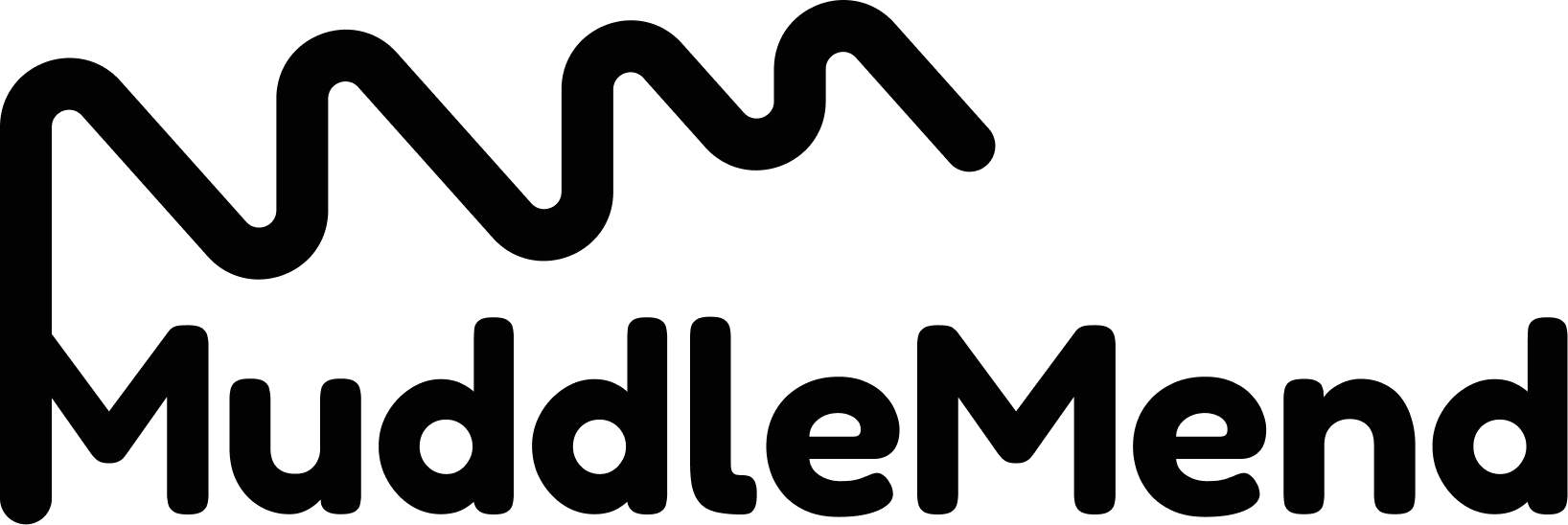Thriving with ADHD in the Digital Age: How Technology Can Boost Focus and Productivity
ADHD is often misunderstood, creating stigma and delayed diagnoses. Discover how technology can become an ally by enhancing productivity, boosting focus, and empowering neurodiverse minds to thrive in a digital world.

What is ADHD and How Can Tech Help?
ADHD has become a buzzword recently, but it’s often misunderstood, delaying diagnoses and creating unnecessary stigma. Once thought of as a childhood condition people “grow out of,” ADHD is now recognized as a neurodevelopmental disorder that impacts attention, impulsivity, and executive functioning. These symptoms vary widely and can present differently between individuals, particularly in women, leading to many delayed or missed diagnoses.
According to the Australian Psychological Society:
“Attention deficit/hyperactivity disorder (ADHD) is a developmental disorder characterized by difficulties with concentration, attention, and impulse control, which impact day-to-day life. Adults with ADHD often struggle to concentrate for long periods, get easily distracted, or act or speak before thinking. While everyone may experience these challenges occasionally, people with ADHD have ongoing difficulties that affect their broader lives, particularly their study, work, and relationships.”
For many, an ADHD diagnosis is life-changing, offering clarity, self-acceptance, and access to effective treatments. It can transform feelings of being “different” into an understanding of how their brain works. Consulting a medical professional, such as a GP or psychiatrist, is crucial for an accurate diagnosis and tailored support.
The rise in late diagnoses highlights the importance of self-awareness in recognizing ADHD symptoms. By better understanding your own needs, you can approach challenges with more self-compassion. Remember: Be kind to yourself. Years of struggle can lead to low self-esteem, but becoming your biggest advocate is the first step toward change.
💡 Quick Tips for Managing ADHD
- Work with your brain, not against it.
- Create structure and accountability.
- Use timers and reminders.
- Give yourself permission to follow a different path.
- Develop habits and systems that work for you.
Tech-Related Symptoms of ADHD
Living with ADHD can feel like operating on “hard mode,” but technology offers tools to help manage these challenges. Here are common ADHD symptoms that intersect with technology — and how they manifest:
- Difficulty Maintaining Focus: Switching between apps, tabs, or tasks without finishing anything.
Example: Starting an email, checking social media, and ending up on YouTube, forgetting the email entirely. - Procrastination and Avoidance: Using tech to delay important tasks.
Example: Playing video games instead of completing an assignment. - Poor Time Management: Losing hours on social media unintentionally.
Example: Planning for 10 minutes online but realizing hours have passed. - Information Overload: Feeling overwhelmed by too much online information.
Example: Opening multiple tabs but never revisiting them. - Disorganization: Cluttered inboxes, desktops, and file systems.
Example: Misplacing key documents due to poor digital organization. - Impulse Control Issues: Making impulsive online purchases.
Example: Buying unnecessary items during late-night browsing. - Hyperfocus: Getting absorbed in one activity and neglecting others.
Example: Spending hours gaming, forgetting meals or sleep. - Distractions from Notifications: Constant interruptions from app alerts.
Example: Checking notifications and losing focus on tasks. - Difficulty Prioritizing Tasks: Spending time on trivial tasks over critical ones.
Example: Organizing apps instead of completing work deadlines.
How Can Tech Help?
Despite its challenges, technology can be an ally for ADHD minds. By optimizing digital tools to fit your needs, you can turn your phone or laptop into a productivity powerhouse.
Here’s how tech can help manage ADHD symptoms:
- Working Memory Support: Use apps like Notion or Evernote to jot down ideas and reminders.
- Task Completion: To-do list apps like Todoist or Microsoft To Do help track and finish tasks.
- Task Prioritization: Tools like Trello or Asana let you focus on what’s most important.
- Symptom Management: Meditation apps like Calm or Headspace manage stress and anxiety.
- Decreasing Distractions: Enable Focus Mode or Do Not Disturb to block notifications during work.
- Improving Focus: Use Pomodoro apps to break tasks into manageable chunks.
- Scheduling Breaks: Set reminders to take regular, restorative breaks with apps like Break Timer.
- Gamify Productivity: Apps like Habitica make task completion fun with points and rewards.
- Self-Awareness: Journaling apps help you track ADHD patterns and habits.
Shortcuts for ADHD
Technology also offers quick wins for managing ADHD. Whether it’s setting up shortcuts on your devices or using smart automations, the possibilities are endless. Experiment with tools like:
- iOS Shortcuts for automating repetitive tasks.
- Google Calendar Reminders for keeping your day on track.
Final Thoughts
While ADHD brains often lean on technology to chase dopamine, it’s important to set boundaries and recognize when tech becomes counterproductive. Use digital tools to build systems that work for you — but balance them with real-world connections. Remember, technology is a tool, not a cure.
For medical advice and psychological support, always consult qualified professionals. Tech can enhance productivity, but it’s only one piece of the ADHD management puzzle.
Looking for More ADHD Tools and Insights?
📚 Get exclusive insights: Subscribe to Substack
📱 Simplify your life: Explore the Daily Task Organizer on Glide
👉Want to show Support? Buy us a coffee on Ko-fi
MuddleMend✨ Tools, tips, and tricks for thriving with an ADHD brain!

